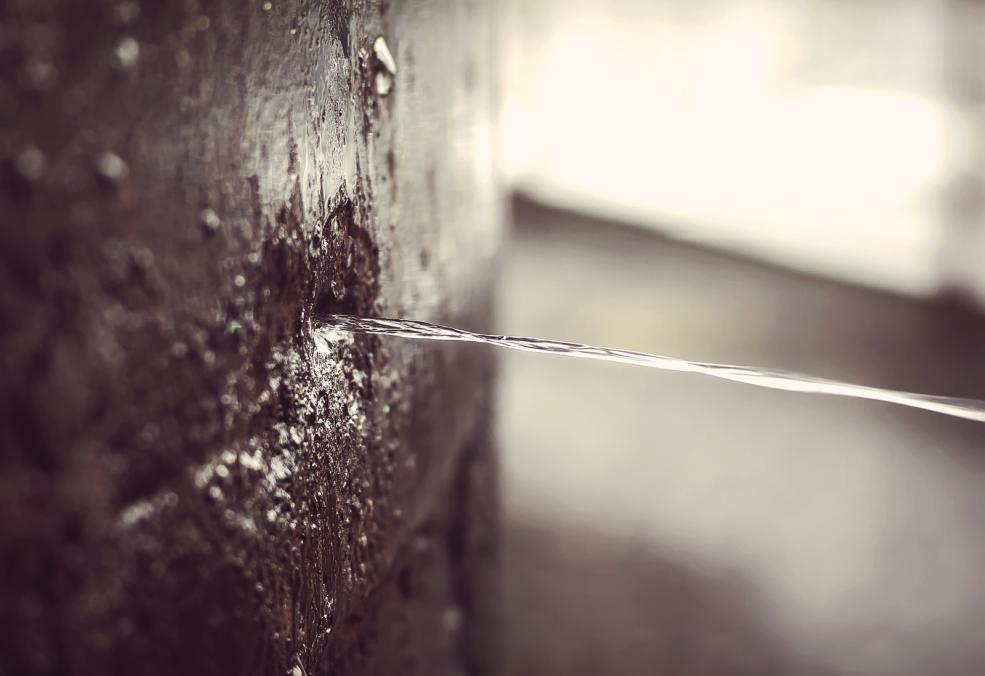We've come across this great article pertaining to Locating water leaks down the page on the internet and concluded it made sense to relate it with you on this page.

Early detection of leaking water lines can alleviate a possible disaster. Some tiny water leaks may not be visible.
1. Examine the Water Meter
Every residence has a water meter. Examining it is a proven manner in which helps you find leakages. For starters, shut off all the water resources. Ensure no person will flush, use the tap, shower, run the cleaning equipment or dishwashing machine. From there, go to the meter and also watch if it will certainly alter. Because nobody is using it, there need to be no movements. If it relocates, that suggests a fast-moving leakage. Similarly, if you identify no changes, wait an hour or 2 and inspect back once again. This indicates you might have a sluggish leak that could also be below ground.
2. Examine Water Usage
If you spot abrupt adjustments, in spite of your intake being the exact same, it suggests that you have leakages in your plumbing system. An abrupt spike in your bill indicates a fast-moving leakage.
On the other hand, a stable boost monthly, even with the same habits, shows you have a sluggish leak that's likewise slowly escalating. Call a plumber to extensively check your home, specifically if you feel a cozy area on your floor with piping beneath.
3. Do a Food Coloring Examination
When it comes to water usage, 30% comes from toilets. If the shade in some way infiltrates your bowl during that time without flushing, there's a leakage in between the tank and dish.
4. Asses Outside Lines
Don't fail to remember to check your outside water lines as well. Must water permeate out of the connection, you have a loosened rubber gasket. One tiny leakage can throw away tons of water and also spike your water bill.
5. Evaluate and Evaluate the Situation
Property owners must make it a routine to check under the sink counters and even inside cupboards for any bad odor or mold and mildew growth. These two warnings indicate a leak so timely attention is called for. Doing regular evaluations, even bi-annually, can conserve you from a significant trouble.
A lot more importantly, if you understand your house is currently old, keep a watchful eye on your heating systems, tubes, pipelines etc. Look for stainings and also deteriorating as many home appliances and pipelines have a life expectancy. They will also normally degrade because of tear and also wear. If you presume dripping water lines in your plumbing system, do not wait for it to intensify. Call a specialist plumber right now so you do not wind up with a terrible mess in your house.
Early detection of leaking water lines can reduce a potential calamity. Some little water leaks might not be visible. Examining it is a proven way that aids you find leakages. One little leak can waste lots of water and also surge your water expense.
If you think leaking water lines in your plumbing system, do not wait for it to rise.
WARNING SIGNS OF WATER LEAKAGE BEHIND THE WALL
PERSISTENT MUSTY ODORS
As water slowly drips from a leaky pipe inside the wall, flooring and sheetrock stay damp and develop an odor similar to wet cardboard. It generates a musty smell that can help you find hidden leaks.
MOLD IN UNUSUAL AREAS
Mold usually grows in wet areas like kitchens, baths and laundry rooms. If you spot the stuff on walls or baseboards in other rooms of the house, it’s a good indicator of undetected water leaks.
STAINS THAT GROW
When mold thrives around a leaky pipe, it sometimes takes hold on the inside surface of the affected wall. A growing stain on otherwise clean sheetrock is often your sign of a hidden plumbing problem.
PEELING OR BUBBLING WALLPAPER / PAINT
This clue is easy to miss in rooms that don’t get much use. When you see wallpaper separating along seams or paint bubbling or flaking off the wall, blame sheetrock that stays wet because of an undetected leak.
BUCKLED CEILINGS AND STAINED FLOORS
If ceilings or floors in bathrooms, kitchens or laundry areas develop structural problems, don’t rule out constant damp inside the walls. Wet sheetrock can affect adjacent framing, flooring and ceilings.
https://www.servicemasterbyzaba.com/blog/how-to-detect-water-leakage-in-walls/
.jpg)
As a keen reader about Locating water leaks, I assumed sharing that excerpt was worthwhile. Those who liked our blog entry please make sure you remember to pass it around. I am grateful for your time. Please stop by our website back soon.